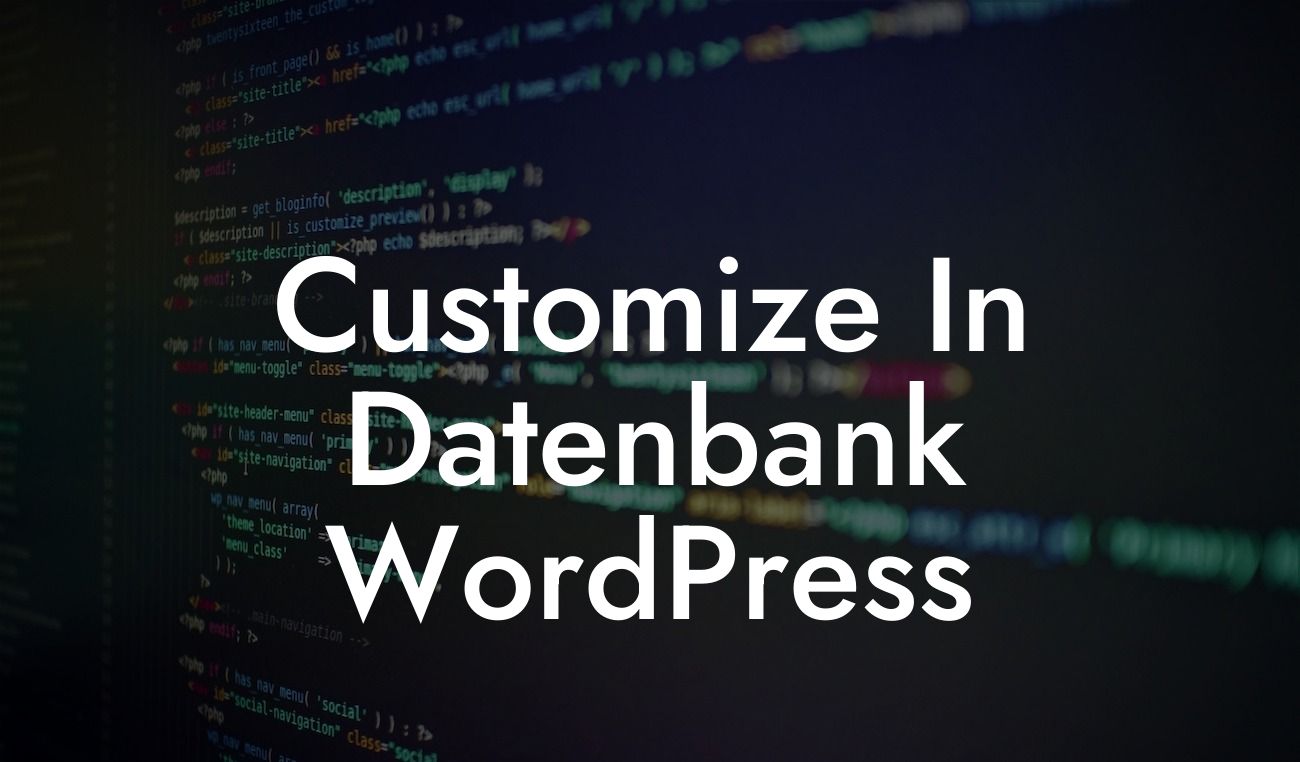Changing the URL of your WordPress blog can seem like a daunting task, but it doesn't have to be. In this guide, we will walk you through the process step-by-step, ensuring that you have a seamless transition without losing any of your valuable content. Whether you're rebranding, optimizing for SEO, or simply wanting to create a more user-friendly URL structure, we've got you covered. Let's dive in!
Changing the URL of your WordPress blog is a process that requires careful consideration and planning. Here, we will break it down into easy-to-follow steps:
1. Backup your website:
Before making any changes, it's crucial to backup your entire WordPress website. This ensures that you have a copy of your blog in case anything goes wrong during the URL change process. You can use a plugin like UpdraftPlus or BackWPup to create a backup effortlessly.
2. Update your WordPress Address (URL) and Site Address (URL):
Looking For a Custom QuickBook Integration?
Go to your WordPress dashboard and navigate to Settings > General. Here, you'll find the WordPress Address (URL) and Site Address (URL) fields. Update both fields with your new desired URL. Make sure to include the necessary HTTP or HTTPS protocol, and don't forget the "www" if applicable.
3. Update your Permalink Structure:
To ensure that your existing content URLs are updated with the new URL structure, go to Settings > Permalinks. Choose a new permalink structure and save the changes. This will automatically update your blog posts, pages, and custom post types with the new URLs.
4. Redirect old URLs to new URLs:
To prevent any broken links and maintain your SEO rankings, you'll need to set up redirects from your old URLs to the new ones. This can be done using a plugin like Redirection or via your website's .htaccess file. The plugin method is more user-friendly, allowing you to easily manage and edit your redirects.
Can I Change The Url Of My Wordpress Blog Example:
Let's say you originally had a WordPress blog with the URL "www.example.com/old-url". You now want to change it to "www.example.com/new-url". By following the steps above, you would update your WordPress Address (URL) and Site Address (URL) to "www.example.com/new-url". You would also update your permalink structure to a suitable format, such as "/%postname%/".
Next, you would set up a redirect from "www.example.com/old-url" to "www.example.com/new-url" using a plugin like Redirection. This ensures that anyone visiting the old URL is automatically redirected to the new one.
Congratulations! You've successfully changed the URL of your WordPress blog. By taking this step, you've improved your online presence, optimized for SEO, and created a more user-friendly experience for your visitors. Don't forget to share this article with others who may find it useful and explore our other guides on DamnWoo. If you're looking to take your website even further, try out our awesome WordPress plugins designed exclusively for small businesses and entrepreneurs.













